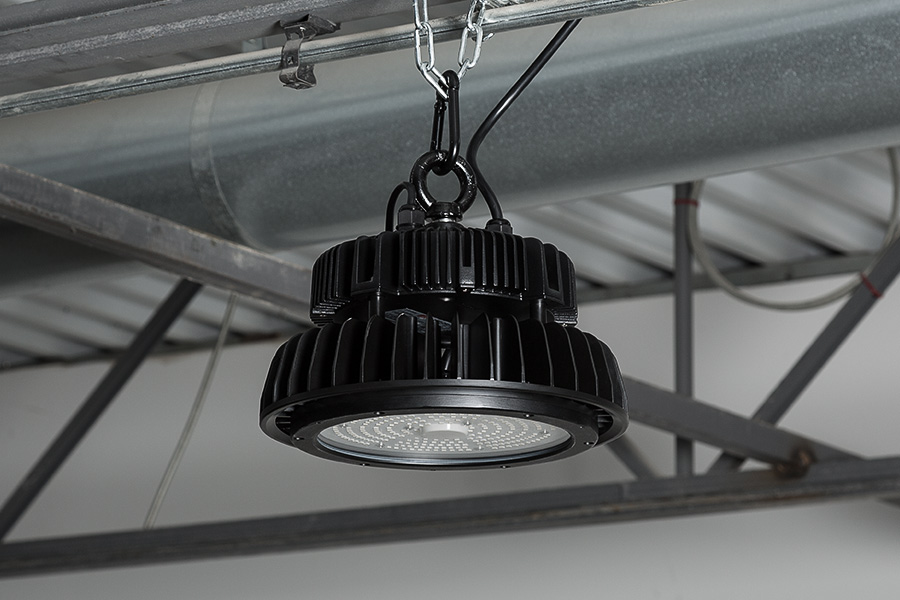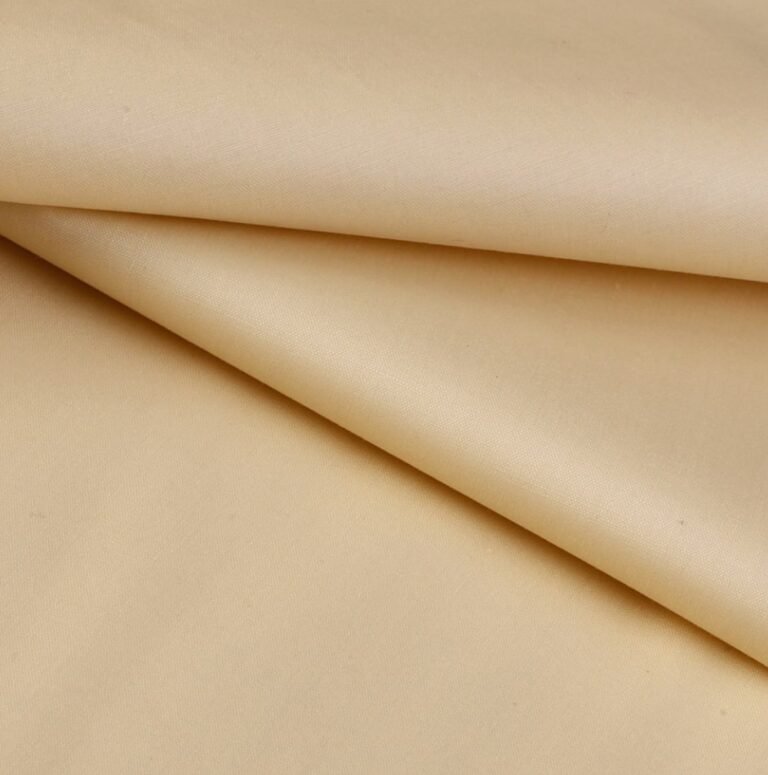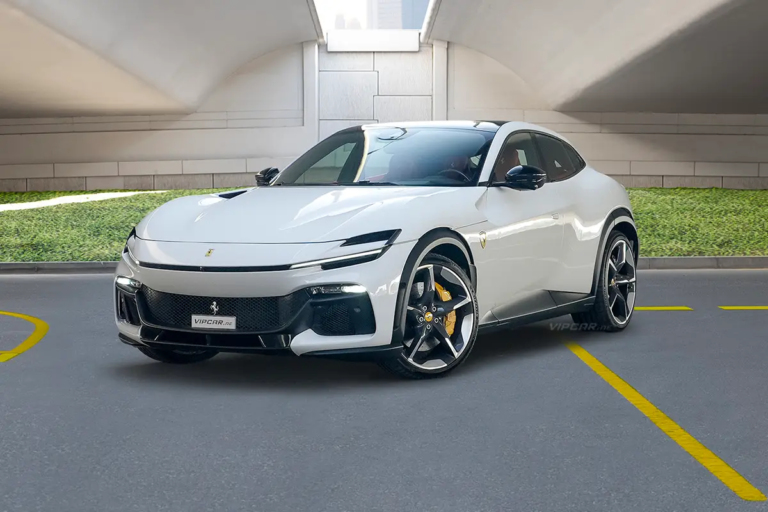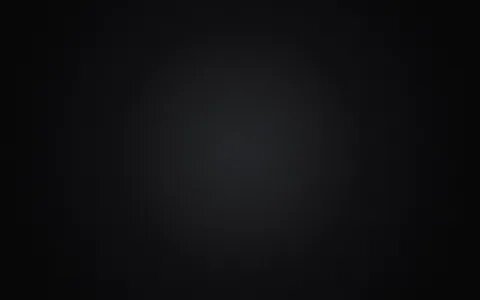Lighting is one of the most essential elements in both commercial and industrial spaces. The choice of lighting not only affects visibility and productivity but also energy consumption and maintenance costs. Among the most common lighting options for large areas are LED high bay lights and fluorescent fixtures. Understanding how these two technologies compare is crucial for making an informed decision for warehouses, factories, retail spaces, and other high-ceiling environments.
Understanding High Bay Lighting
High bay lighting refers to the lighting solutions used for spaces with ceilings typically 20 feet or higher. These lights are designed to provide uniform illumination across large areas, ensuring safety, efficiency, and comfort for employees and customers. High bay lights are essential in warehouses, manufacturing plants, gymnasiums, and large retail stores. The primary options for high bay lighting include LED (Light Emitting Diode) and fluorescent lighting, each with distinct features and benefits.
NOTE:- LED High Bay Lights were installed by Prolux International LLC in large manufacturing plants. Operations benefited from enhanced visibility and a safer work environment. Energy bills dropped while efficiency rose. Take the first step to modernize your lighting—contact Prolux International LLC immediately for a consultation.
Overview of Fluorescent High Bay Lights
Fluorescent lighting has been a standard in industrial and commercial settings for decades. These lights use low-pressure mercury vapor to produce ultraviolet light, which then excites a phosphor coating inside the tube, producing visible light. Fluorescent high bay lights typically come in T5, T8, or T12 tube formats, and they offer a relatively low initial cost compared to newer lighting technologies.
Advantages of Fluorescent High Bay Lights
Fluorescent lights have several benefits that made them popular for high-ceiling spaces:
- Cost-Effective Initial Installation: Fluorescent tubes and fixtures are generally less expensive than LEDs, making them an attractive option for businesses with tight upfront budgets.
- Decent Light Distribution: These lights provide widespread illumination suitable for large areas without requiring complex fixture designs.
- Color Options: Fluorescent lights are available in various color temperatures, allowing for some flexibility in creating the desired ambiance in commercial spaces.
Limitations of Fluorescent High Bay Lights
Despite their advantages, fluorescent lights have several significant drawbacks:
- Energy Efficiency: Fluorescent lights consume more electricity compared to LED equivalents, leading to higher long-term energy costs.
- Shorter Lifespan: Fluorescent tubes generally last between 15,000 to 30,000 hours, which is significantly lower than the lifespan of LEDs.
- Maintenance Requirements: Frequent replacements, ballast issues, and susceptibility to flickering contribute to higher maintenance needs.
- Environmental Concerns: Fluorescent tubes contain mercury, which requires careful disposal and raises environmental and regulatory concerns.
Introduction to LED High Bay Lights
LED technology has revolutionized the lighting industry with its high efficiency, durability, and superior light quality. LED high bay lights use semiconductors to convert electricity into light, producing illumination without the use of mercury or other hazardous materials. These lights are designed for long-term performance in large spaces, and they have increasingly become the preferred choice over fluorescent options.
Benefits of LED High Bay Lights
LED high bay lights offer several advantages that make them suitable for modern industrial and commercial applications:
- Energy Efficiency: LEDs consume significantly less power than fluorescent fixtures, often using 50-70% less electricity for the same level of brightness.
- Long Lifespan: LED high bay lights can last up to 50,000–100,000 hours, reducing the need for frequent replacements.
- Enhanced Light Quality: LEDs provide brighter, more uniform illumination with better color rendering, improving visibility and reducing eye strain.
- Durability: With no fragile filaments or glass tubes, LED fixtures are more resistant to impact and vibration, making them ideal for industrial environments.
- Instant On and Off: LEDs reach full brightness immediately without warm-up time, unlike some fluorescent lights that may flicker or take time to stabilize.
- Environmental Friendliness: LEDs do not contain mercury and are fully recyclable, making them a more sustainable option.
Potential Drawbacks of LED High Bay Lights
While LEDs offer significant advantages, some considerations include:
- Higher Initial Cost: The upfront investment for LED high bay fixtures is higher than for fluorescent options, although energy savings and reduced maintenance costs often offset this in the long term.
- Heat Management: High-power LEDs require proper heat dissipation systems to maintain efficiency and longevity.
Comparative Analysis: LED vs Fluorescent High Bay Lights
To make an informed decision, it is essential to compare LED and fluorescent high bay lights across several key factors, including energy consumption, lifespan, lighting quality, and overall cost.
Energy Efficiency
One of the most critical advantages of LED high bay lights is their energy efficiency. LEDs typically consume 50–70% less electricity than fluorescent lights for the same lumen output. Over time, this reduction in energy usage translates into substantial cost savings, especially in large facilities where dozens or hundreds of fixtures are in operation.
Lifespan and Maintenance
LEDs have a dramatically longer operational life than fluorescent lights. While fluorescent tubes last approximately 15,000–30,000 hours, LEDs can operate for 50,000–100,000 hours. This longevity reduces maintenance costs, as fewer replacements are needed, and minimizes operational disruptions in critical spaces like warehouses or factories.
Light Quality and Performance
LED high bay lights offer superior light quality compared to fluorescent options. LEDs provide consistent brightness, better color rendering, and more uniform light distribution. Fluorescent lights may flicker or dim over time, which can affect visibility and worker productivity. Furthermore, LEDs allow for dimming capabilities and smart control systems, enhancing energy savings and functionality.
Cost Considerations
While fluorescent lights are cheaper initially, the total cost of ownership favors LEDs in most cases. LEDs reduce electricity bills, require fewer replacements, and minimize maintenance labor. Over several years, these savings often outweigh the higher upfront cost of LED fixtures.
Environmental Impact
From an environmental perspective, LEDs are the more sustainable option. Fluorescent tubes contain mercury, a toxic substance that poses disposal and health challenges. LEDs, on the other hand, are mercury-free and more energy-efficient, reducing the overall carbon footprint of a facility.
Installation and Flexibility
LED high bay lights often offer more versatile installation options, including suspension, surface mount, or integrated designs. They are lightweight and easier to handle, whereas fluorescent fixtures may require more structural support due to their bulkier design.

Applications and Suitability
Industrial Spaces
LED high bay lights are ideal for industrial applications due to their durability, high efficiency, and excellent illumination. Warehouses, manufacturing plants, and logistics centers benefit from the bright, uniform light that LEDs provide.
Commercial Spaces
In retail stores, gyms, and large public areas, LED high bay lights improve visibility, enhance aesthetics, and reduce operational costs. Fluorescent lights may still be used in some spaces due to lower initial costs, but LEDs are increasingly preferred for long-term benefits.
Specialized Requirements
For facilities requiring color-sensitive tasks or precise visual inspection, LEDs are the preferred choice due to their superior color rendering index (CRI) compared to fluorescent lights.
Making the Right Choice
Choosing between LED and fluorescent high bay lights requires evaluating short-term versus long-term priorities. If minimizing upfront costs is the primary concern, fluorescent lights may suffice. However, for businesses focused on energy efficiency, reduced maintenance, improved light quality, and sustainability, LED high bay lights are the superior option.
Key Considerations for Decision-Making
- Energy Consumption: Analyze long-term electricity savings with LED options.
- Maintenance Costs: Consider the frequency of replacements and labor required.
- Lighting Quality: Evaluate the importance of brightness, uniformity, and color rendering.
- Environmental Responsibility: Assess the impact of mercury disposal and energy usage.
- Initial Budget vs Total Cost: Balance initial investment with long-term operational savings.
Conclusion
LED high bay lights clearly outperform fluorescent options in terms of energy efficiency, lifespan, light quality, and environmental sustainability. While the initial investment for LEDs is higher, the long-term benefits in reduced energy consumption, lower maintenance, and improved workplace conditions make them the preferred choice for industrial and commercial lighting. Fluorescent lights may still have a role in cost-sensitive applications, but for modern facilities seeking efficiency, performance, and sustainability, LEDs represent the future of high bay lighting.
Transitioning from fluorescent to LED high bay lighting is not merely a technological upgrade; it is a strategic decision that impacts operational costs, employee productivity, and environmental responsibility. Businesses investing in LEDs today are likely to see measurable returns in both financial savings and workplace efficiency over the years.





